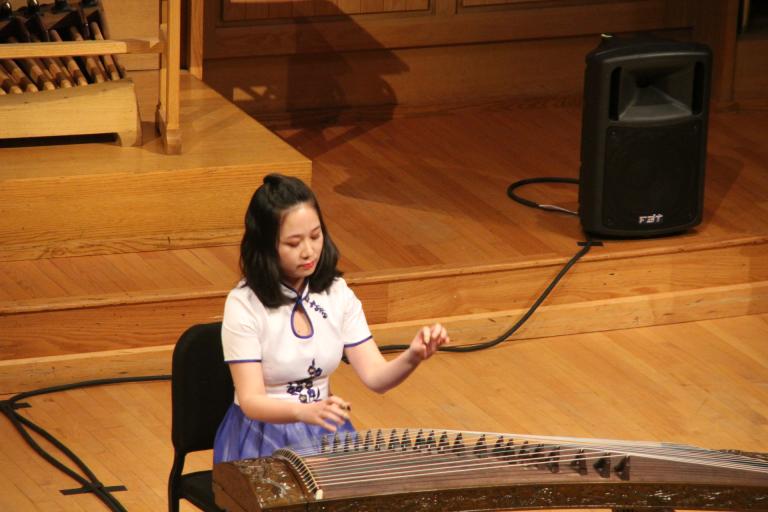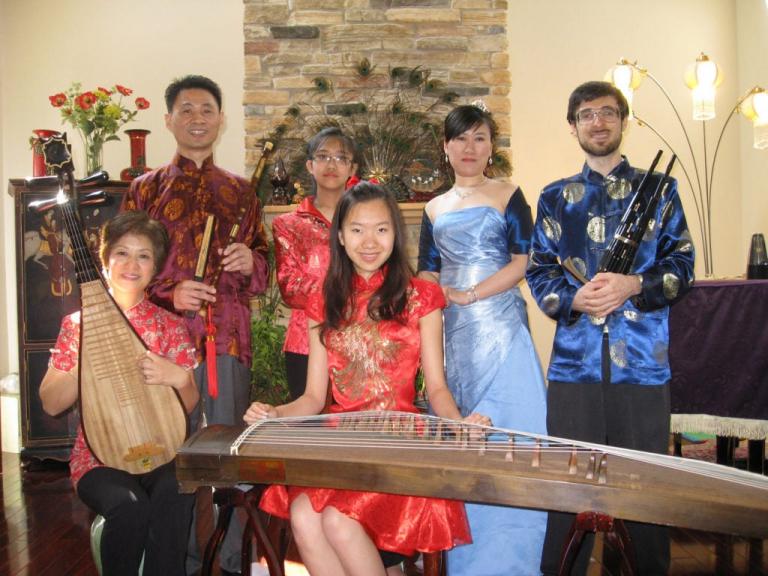Traditional Chinese music
3 min readThe tradition of Chinese music dates back to remote antiquity. Governing the country and nourishing the mind through music are two of the main functions of this tradition.Governance Through Music According to ancient Chinese culture, rituals provided the norms of conduct for people. The goal was to maintain social order. Music was for the mind’s cultivation and expression. Its purpose was to enhance people’s outlook on life and imbue them with energy and creativity, such that they could enjoy a more harmonious and happier spiritual life.

Individual contentment would then lead to social harmony, as well as to a more harmonious relationship between people and nature. The highest level of ancient Chinese music was to represent spiritual harmony with nature.Marquis Yi chime bells (detail)The prominent stature of music in ancient China explains the emergence of sophisticated instruments from early times. Chime bells were one example.
First used in the Shang Dynasty(1600-1046 BC), they became quite popular during the Western Zhou Dynasty(1046-771 BC). In 1978,a fine set of chime bells was unearthed in Hubei Province, from the tomb of Marquis Yi,a local lordin a small state called Zeng during the Warring States Period(475-221 BC).The Marquis Yi chime bells consist of 65 bells arranged in three rows. The first row includes 19 niu bells, and the second and third rows include 45 yong bells.The bells in each row differ from one another in shape and size, emanating different tones. In addition, there is a separate and much larger bell used to adjust pitch. Like the bells, the frame is made of bronze, weighing as much as five tons or more. The total weight of the bells is more than 440 kilograms.

While the bells bear inscriptions totaling more than 2,800 Chinese characters relating to music and the making of the instrument, the frame is carved with exquisite patterns in relief and fretwork. Instruments of such a scale and such fine craftsmanship were quite rare in the world at the time.Five musicians were needed to play the instrument. Each bell produces two tones when struck at the respective sound points as marked. The entire set of chime bells is able to produce all the tones of a modern piano.The grandeur and precision of the Marquis Yi chime bells epitomize ancient Chinese society’s emphasis on music as a means to promote personal cultivation and social harmony. Xunzi(c.325-235BC),a great Confucian thinker of the Warring States Period, gave music the same stature as rituals, stating,”Musical education enables people to purify their minds. Rituals are established to temper people’s conduct.
With music and rituals, people are imbued with clearer, more intelligent and peaceful minds. They also improve their ways andmanners. Thus the country enjoys peace, with beauty and compassion complementing each other.””Music brings harmony”is an important concept that has influenced Chinese culturefor several thousand years. It stresses harmony as the culture’s core value.The tradition guiding rituals and music is that of a harmonious world order.









